Archive For The “Hardware” Category

Laying fiber optic cables with repeaters along the ocean floor raises super-interesting technical challenges. I recently visited the CS Responder, a trans-ocean cable-laying ship operated by TE Connectivity. TE Connectivity is $13.3B global technology company that specializes in communication cable, connectors, sensors, and electronic components. Their subsidiary TE SubCom manufactures, lays and maintains undersea cable. TE SubCom has a base…
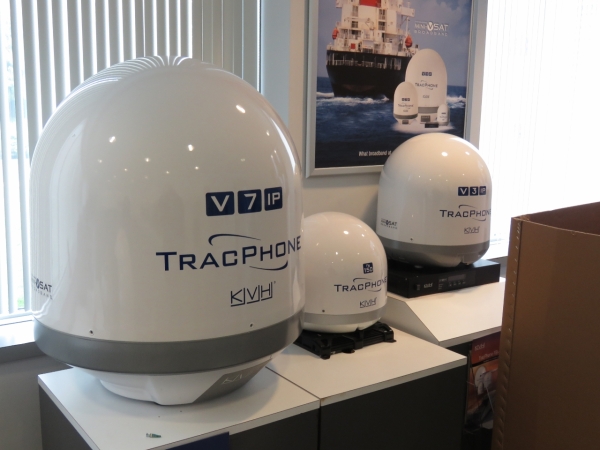
As part of my home blog, I often describe visit to plants, factories, and ships in the “Technology Series“. Over the years, we’ve covered mining truck manufacturers, sail boat racing, a trip on a ship-assist tug boat, a tour of Holland America’s Westerdam, a visit to an Antarctic ice breaker, a tour of a Panamax container…
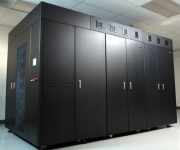
Optical Archive Inc. was a startup founded by Frank Frankovsky and Gio Coglitore. I first met Frank many years ago when he was Director of the Dell Data Center Solutions team. DCS was part of the massive Dell Computer company but they still ran like a startup. And, with Jimmy Pike leading many of their…

Microservers and the motivations for microservers have been around for years. I first blogged about them back in 2008 (Cooperative, Expendable, Microslice, Servers: Low-Cost, Low-Power Servers for Internet-Scale Services) and even Intel has entered the market with Atom but it’s the ARM instruction set architecture that has had the majority of server world attention. There…

I love real data. Real data is so much better than speculation and, what I’ve learned from years of staring at production systems, is the real data from the field is often surprisingly different from popular opinion. Disk failure rates are higher than manufacturer specifications, ECC memory faults happen all the time, and events that…

IEEE Spectrum recently published a special report titled 50 Years of Moore’s Law. Spectrum, unlike many purely academic publications, covers a broad set of topics in a way accessible to someone working outside the domain but not so watered down as to become uninteresting. As I read through this set of articles on Moore’s law…
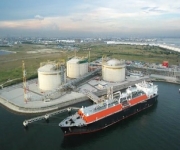
Waste heat reclamation in datacenters has long been viewed as hard because the heat released is low grade. What this means is that rather than having a great concentration of heat, it is instead spread out and, in fact, only warm. The more concentrated the heat, the easier it is to use. In fact, that…

Dileep Bhandarkar put together a great presentation for the Computer History Museum a couple of weeks back. I have no idea how he got through the full presentation in under an hour – it covers a lot of material – but it’s an interesting walk through history. Over the years, Dileep has worked for Texas…
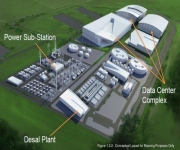
Over the last 10 years, there has been considerable innovation in data center cooling. Large operators are now able to operate at Power Usage Efficiency of 1.10 to 1.20. This means that less than 20% of the power delivered to the facility is lost to power distribution and cooling. These days, very nearly all of…
It’s an unusual time in our industry where many of the most interesting server, storage, and networking advancements aren’t advertised, don’t have a sales team, don’t have price lists, and actually are often never even mentioned in public. The largest cloud providers build their own hardware designs and, since the equipment is not for sale,…
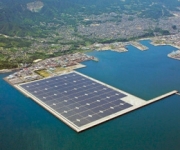
I frequently get asked “why not just put solar panels on data center roofs and run them on that.” The short answer is datacenter roofs are just way too small. In a previous article (I Love Solar But…) I did a quick back of envelope calculation and, assuming a conventional single floor build with current…
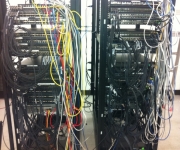
Back in 2009, in Datacenter Networks are in my way, I argued that the networking world was stuck in the mainframe business model: everything vertically integrated. In most datacenter networking equipment, the core Application Specific Integrated Circuit (ASIC – the heart of a switch or router), the entire hardware platform for the ASIC including power…
In the data center world, there are few events taken more seriously than power failure and considerable effort is spent to make them rare. When a datacenter experiences a power failure, it’s a really big deal for all involved. But, a big deal in the infrastructure world still really isn’t a big deal on the…

Since 2008, I’ve been excited by, working on, and writing about Microservers. In these early days, some of the workloads I worked with were I/O bound and didn’t really need or use high single-thread performance. Replacing the server class processors that supported these applications with high-volume, low-cost client system CPUs yielded both better price/performance and…
I have been interested in, and writing about, microservers since 2007. Microservers can be built using any instruction set architecture but I’m particularly interested in ARM processors and their application to server-side workloads. Today Advanced Micro Devices announced they are going to build an ARM CPU targeting the server market. This will be 4-core, 64…
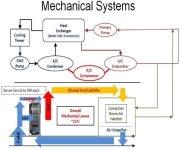
When I come across interesting innovations or designs notably different from the norm, I love to dig in and learn the details. More often than not I post them here. Earlier this week, Google posted a number of pictures taken from their datacenters (Google Data Center Tech). The pictures are beautiful and of interest to…